けん玉について
折り紙の歴史と文化
Kendama: History and Culture
けん玉は、玉(ボール)と皿・けん先(スパイク)が付いた本体を使って技を楽しむ日本の伝統遊具です。遊び・スポーツ・教育・コミュニティの交流手段として親しまれています。
Kendama is a traditional Japanese skill toy: a ball connected by string to a handle with three cups and a spike. It is enjoyed as play, sport, education, and community culture.

起源と発展(諸説あり)
起源については明確な定説はありません。一説では、16〜18世紀のヨーロッパの“ビルボケ(bilboquet)”などの玉遊びが日本に影響を与えた可能性が指摘されています。近代の標準形に近づいたのは1918年(大正7年)に広島県(現在の廿日市市エリア)で「日月ボール」が考案されて以降で、受け皿三つとけん先を備える形が普及しました。
There is no single proven origin. A common view is that European cup-and-ball toys (e.g., bilboquet) influenced Japanese variants. The modern Japanese kendama took shape after the Nichigetsu Ball was devised in 1918 in present-day Hatsukaichi, Hiroshima, featuring three cups and a spike.
文化としてのけん玉
学校教育や地域イベントの定番として広く浸透し、集中力・リズム・体幹バランスを養う教材として活用されています。年齢や言語を超えて一緒に楽しめるのが魅力です。
It is common in schools and local festivals and used to train focus, rhythm, and balance, bringing together players across ages and languages.
世界への広がりと競技化
2000年代以降は動画共有やグローバルコミュニティの広がりで世界的に人気が上昇。広島県廿日市市では毎年「Kendama World Cup Hatsukaichi(KWC)」が開催され、国際的に競技シーンも発展しています。
Since the 2000s, kendama has grown worldwide via online videos and communities. The Kendama World Cup Hatsukaichi (KWC) is held annually in Hiroshima, showcasing the sport’s global competitive scene.
けん玉の基本
持ち方(グリップ) / Grip
基本は「けん先が上、親指と人差し指で本体をつまむ」けんグリップ。玉を持つ「たまグリップ」も基礎練習で用いられます。
Begin with the ken-grip (spike up, pinch the handle with thumb and index). The tama-grip (holding the ball) is also used for basics.
安全に楽しむポイント / Safety Tips
- 周囲に十分なスペースを確保する
- 人や家具・ガラスなど壊れやすい物から離れる
- 紐や結び目・玉の割れを定期的に点検する
Ensure space, avoid people and fragile objects, and regularly check the string, knot, and ball for damage.
基本の技
まずは定番の4技から。難易度とポイントを確認して練習しましょう。
Start with these four classic tricks. Check difficulty and key tips, then practice.
大皿(おおざら) / Big Cup
難易度:★☆☆☆☆
玉をまっすぐ引き上げ、膝で衝撃を吸収して大皿へソフトに着地させます。
Lift the ball straight up and cushion with your knees to land softly on the big cup.
小皿(こざら) / Small Cup
難易度:★☆☆☆☆
視線は玉の穴、肘は体の前で安定させ、膝で高さを微調整します。
Keep eyes on the hole, stabilize the elbow, adjust height with knees.
中皿(ちゅうざら) / Base Cup
難易度:★☆☆☆☆
けんを少し寝かせて受け皿を水平に保つのがコツです。
Slightly tilt the ken and keep the cup level as you land the ball.
とめけん(刺し) / Spike
難易度:★★☆☆☆
とめけんは、玉の穴をけん先にまっすぐ合わせて刺す技です。
Tomeken is the trick of aligning the hole with the spike and sticking the ball onto it.
ほかにもたくさんの技があるので、練習しながら楽しく挑戦してみてください。
There are many other tricks as well, so practice and enjoy trying them out.
上達のコツ
- 膝(クッション)を使って衝撃を吸収する
- 視線は常に玉の穴、けんは体の正面で安定させる
- 10回×3セットなど短い反復で集中して練習する
- できた技は動画に撮ってフォームを確認・改善する
- Use your knees to cushion impact.
- Keep eyes on the hole; stabilize the ken in front of your body.
- Practice focused, short repetitions (e.g., 10×3 sets).
- Record your tricks to review and refine your form.
Q&A(よくある質問)
当民泊では、宿泊されるお客様に日本の伝統文化を体験していただくため、折り紙セットをご用意しています。
初心者におすすめのサイズは?
What size is good for beginners?
一般的な競技規格に近いサイズが扱いやすくおすすめです。
Standard competition-style sizes are easiest for beginners.
紐の長さは?
How long should the string be?
目安は前腕(肘〜手の甲)程度。規格や個人の好みにより調整します。
A common baseline is forearm length; adjust based on standard and preference.
どのくらいで上達しますか? / How fast can I improve?
個人差はありますが、毎日5〜10分の練習で数日〜数週間で基礎技の成功率が上がる人が多いです。
It varies, but with 5–10 minutes daily, many improve basic success rates within days to weeks.
屋内でもできますか? / Is it OK indoors?
可能です。周囲の安全確保と家具・照明などへの配慮を忘れずに。
Yes, just ensure space and mind furniture and lights.
マナーと安全
- 周囲に十分なスペースを確保する
- 人や家具・ガラスなど壊れやすい物から離れる
- 紐や結び目・玉の割れを定期的に点検する
Ensure space, avoid people and fragile objects, and regularly check the string, knot, and ball for damage.
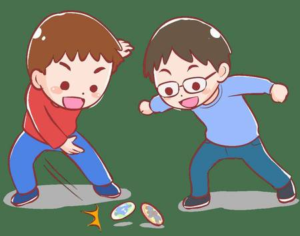
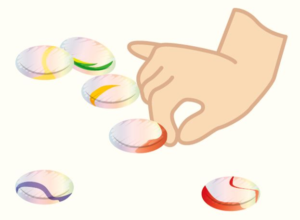
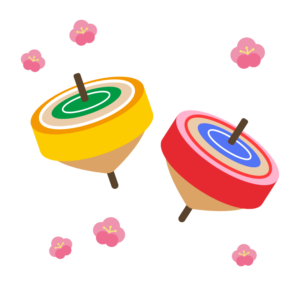
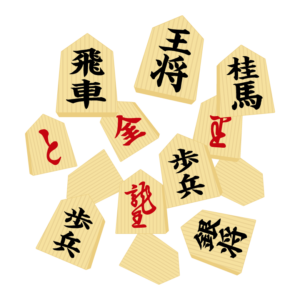
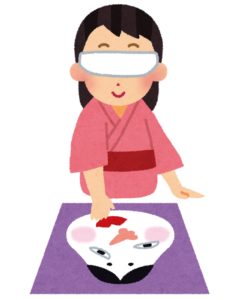

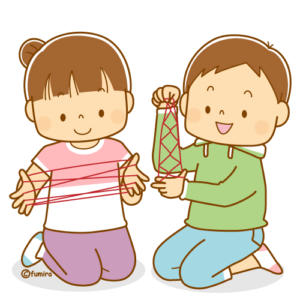

コメント